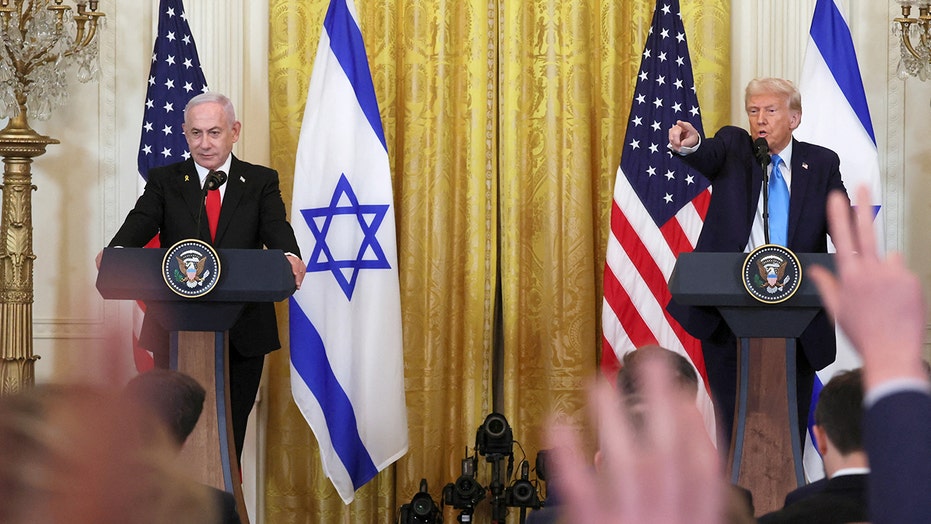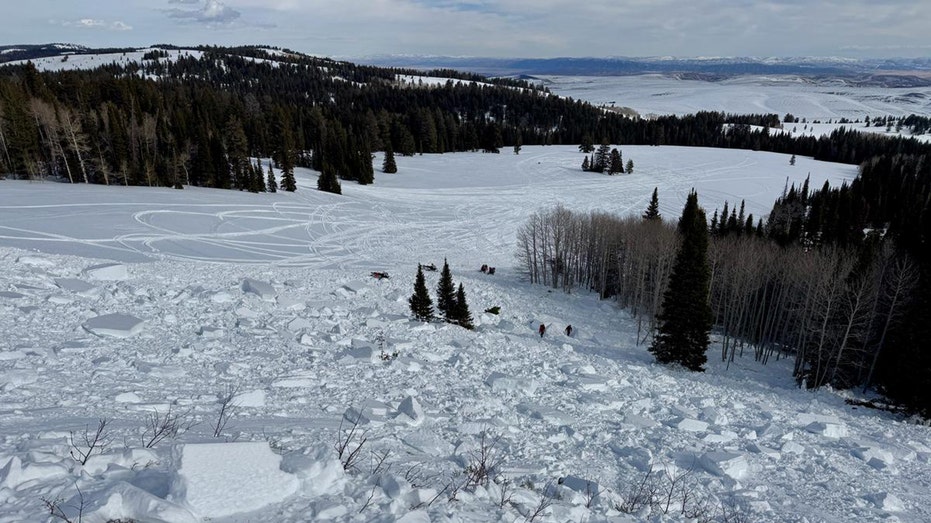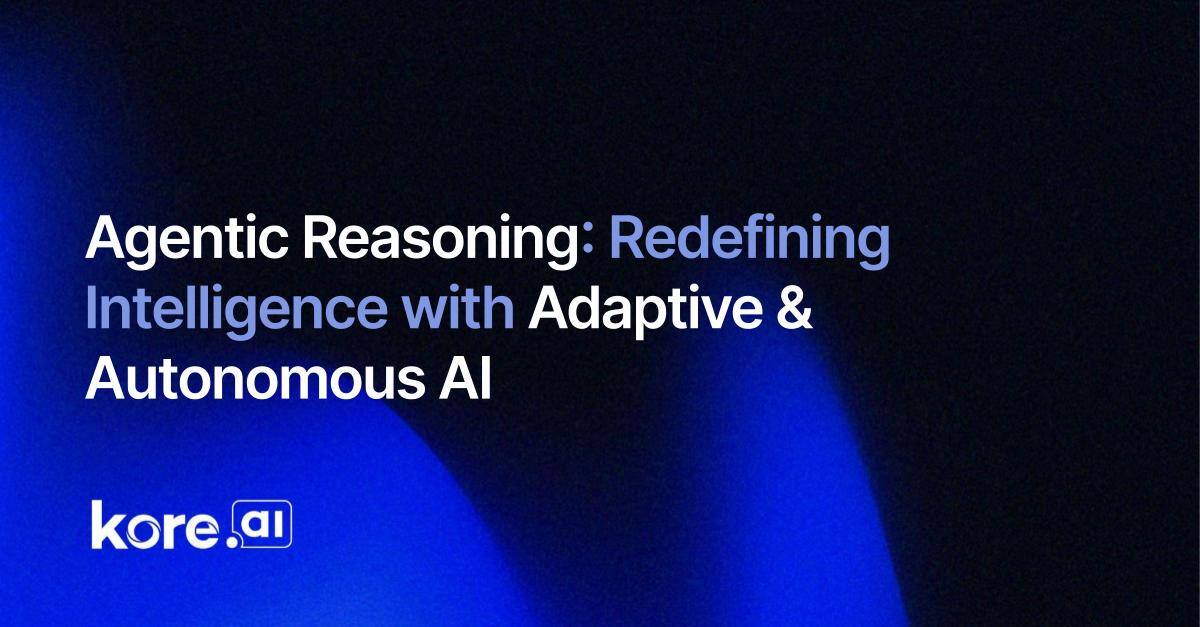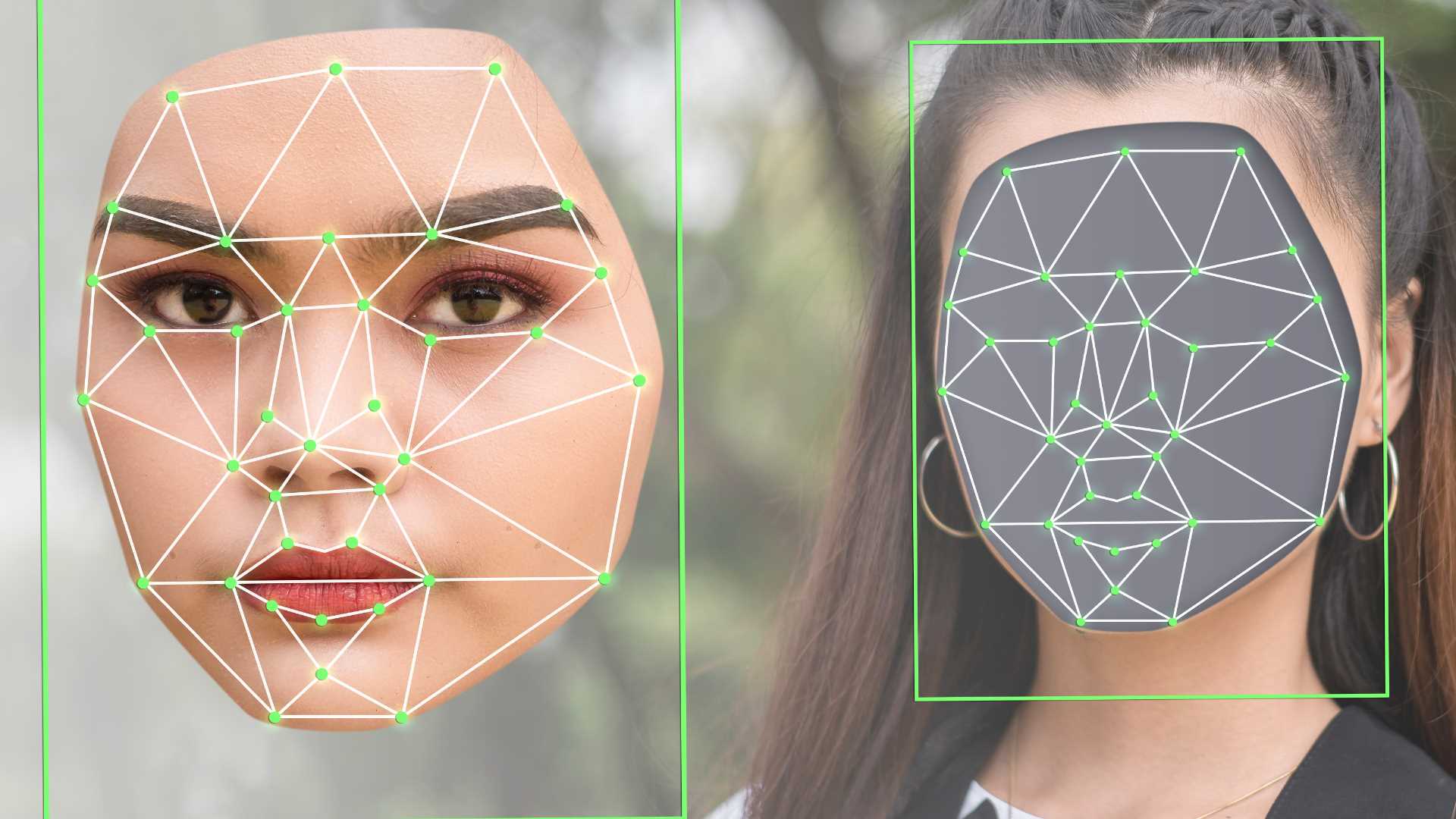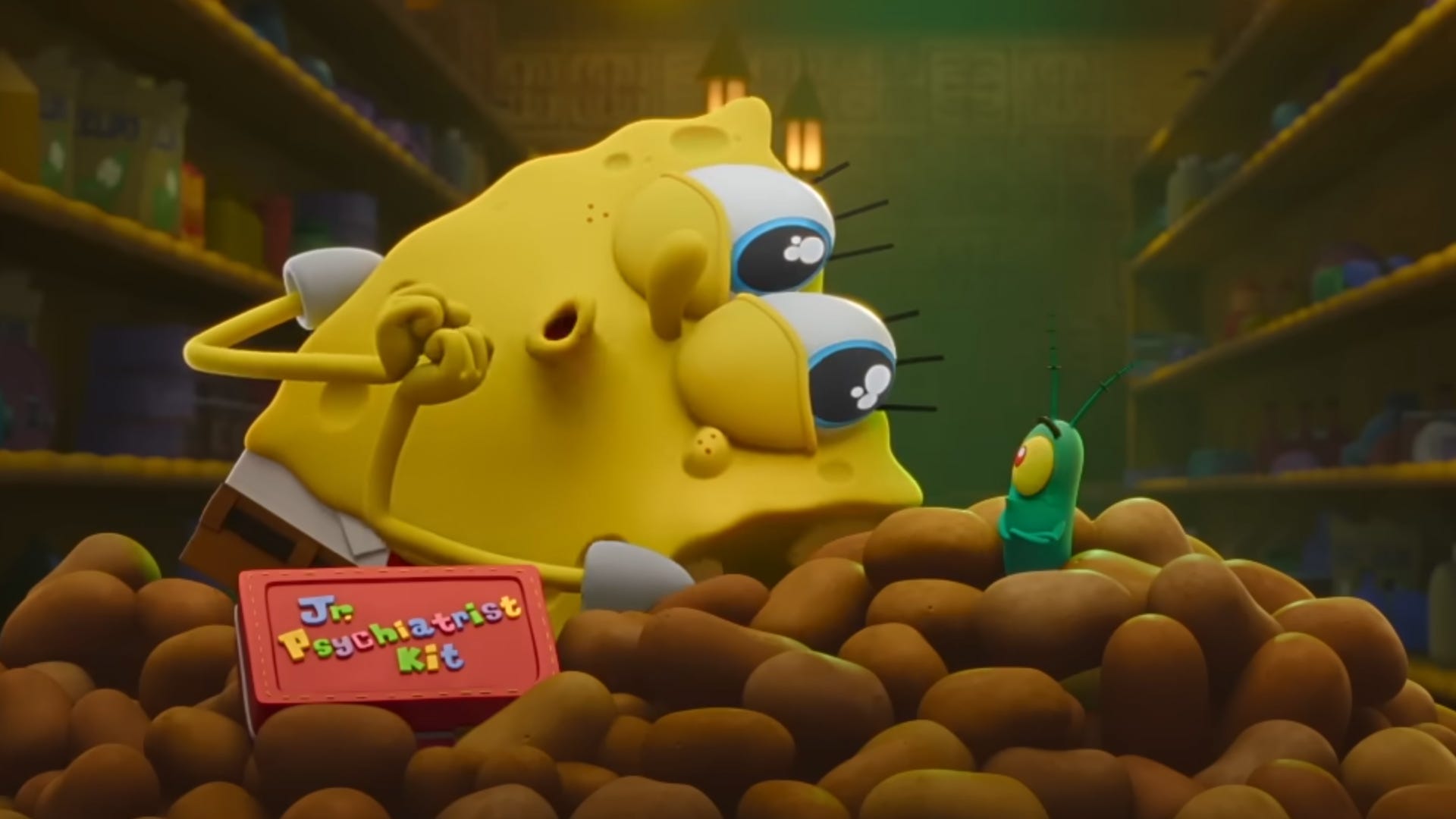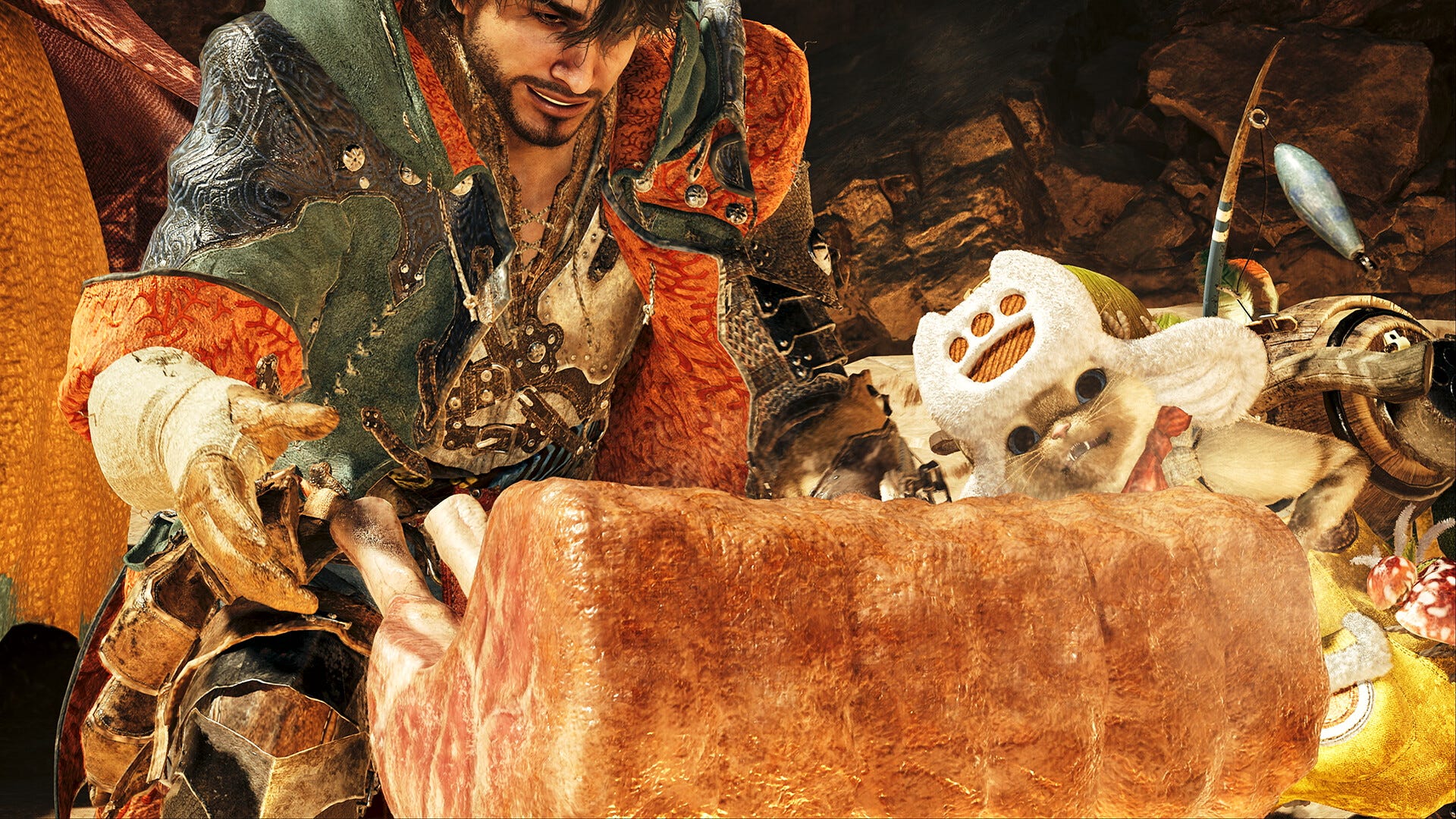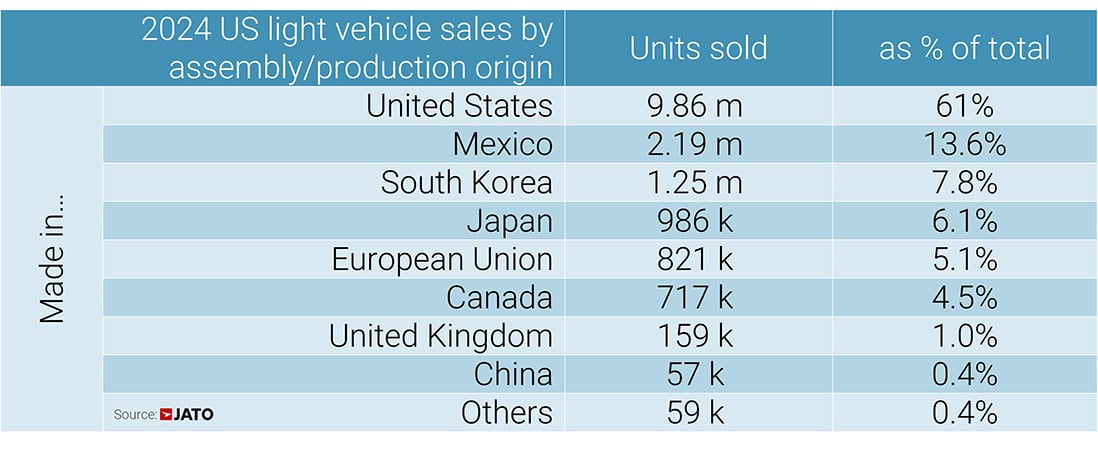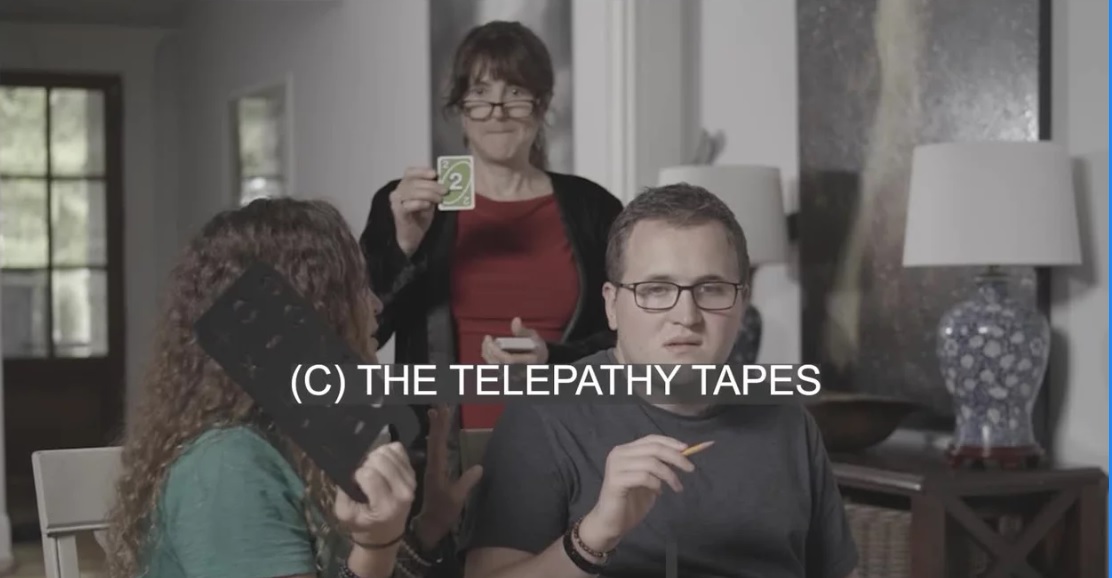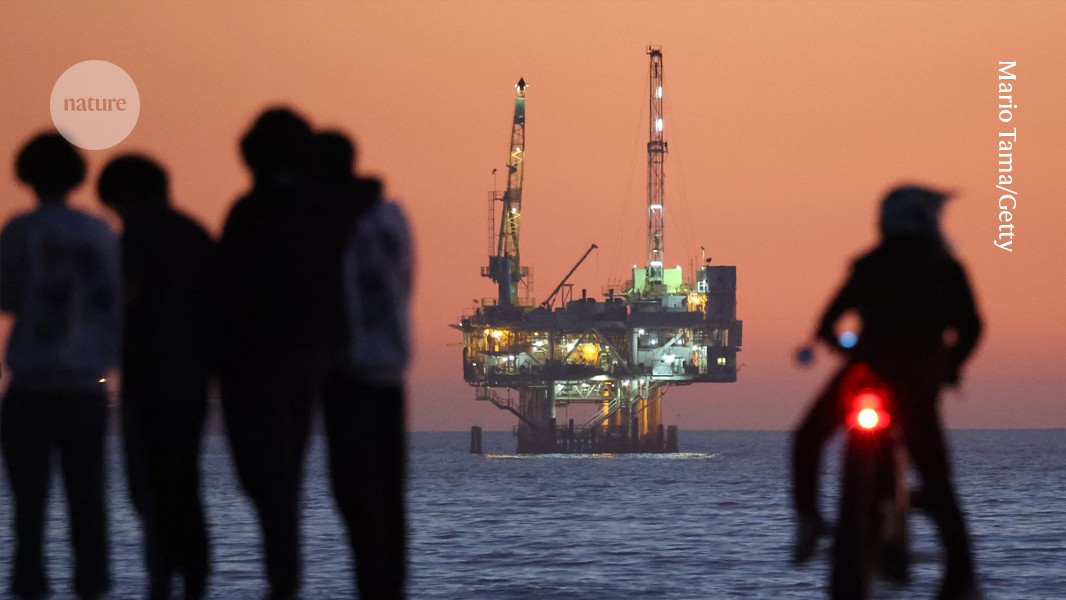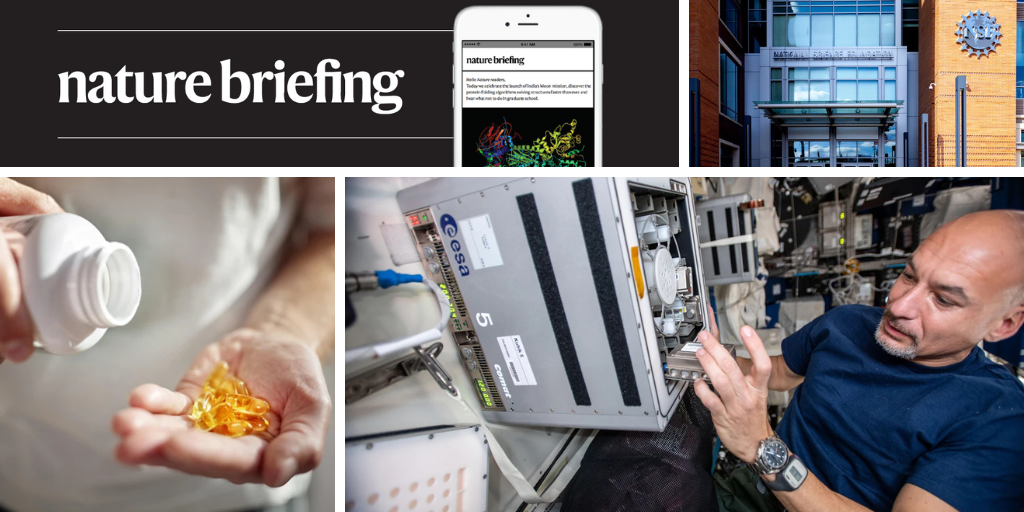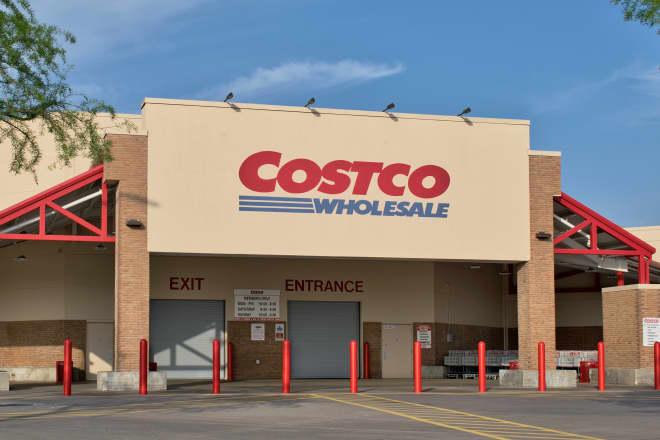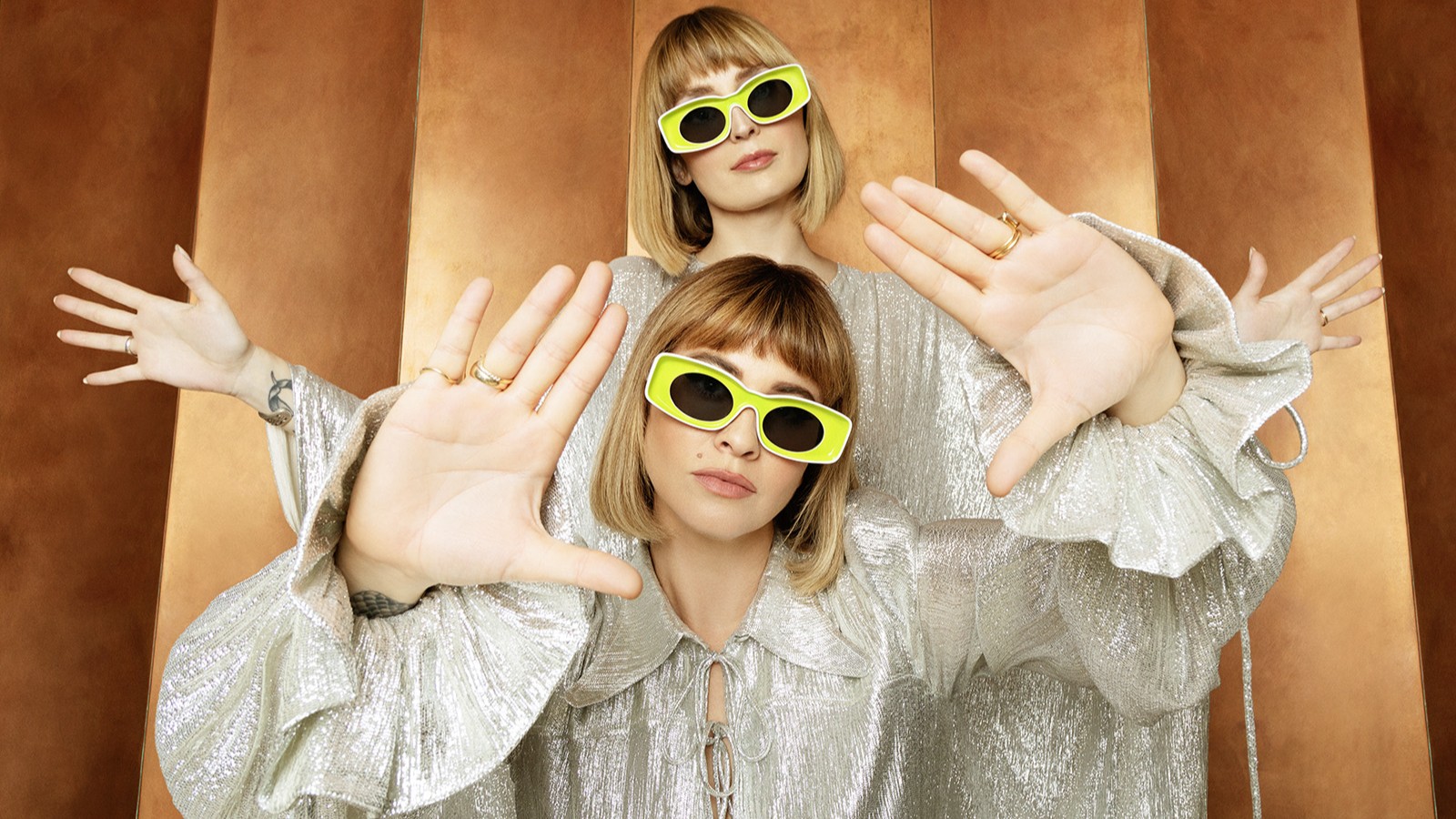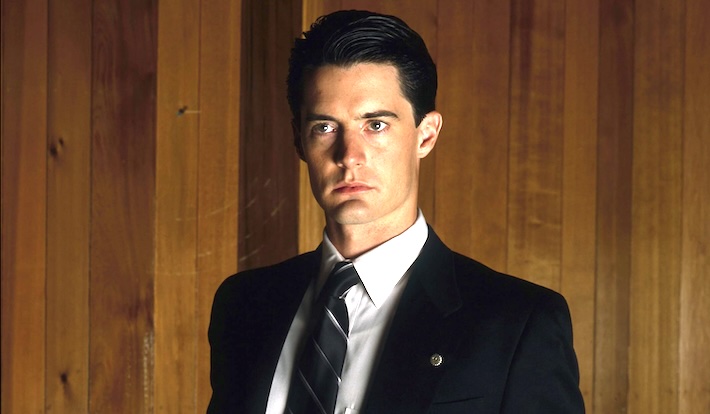Sundance 2025: Editing 'Sugar Babies' with Premiere Pro and Frame.io
This post was written by Michelle Gallina and originally appeared on the Adobe blog on January 28, 2025.Part of a vibrant close circle of friends growing up poor in rural Louisiana, she is determined to overcome the struggles and barriers defining them. Faced with limited minimum wage job options, Autumn devises an online sugar baby operation.This documentary is directed by Rachel Fleit (BAMA RUSH), known for her nuanced explorations of identity and belonging. We had the opportunity to speak with editor Holle Singer about how she leveraged Adobe tools during every step of the creative process to bring Fleit’s vision to life. Speech to Text in Premiere Pro was essential given various accents and audio recording challenges, After Effects kept shots clean and tidy, and Frame.io enabled seamless review rounds and collaboration on all cuts.Read more on the making of Sugar Babies below, premiering at Sundance on January 27th.How did you first get involved with this project?The director, Rachel Fleit, and I have known each other for years and would discuss projects we were involved with. I always admired her work and hoped for the opportunity to collaborate. We ran into each other on the street, and she told me about Sugar Babies. The stars aligned and it was the perfect project for us to come together on.Where were you when you found out you got into Sundance? How did you feel?I was standing with a friend in the bustling entranceway of a Chinese restaurant waiting for soupy buns to go. Rachel (the director) called me and told me the news. I was beyond excited. Literally jumping up and down in this crowded vestibule. My friend was baffled, staring at me like “What’s going on?!” I was ecstatic to hear this film I cared for so deeply was finally getting a chance to be seen and in the best possible place, Sundance.I still find myself washing my dishes or brushing my teeth and suddenly thinking, "Sugar Babies is going to Sundance!” It’s a dream come true.How do you begin a project/set up your workspace?I am a creature of habit, so I set up this job the same as I set up pretty much every job. All the footage is stranded out and separated into bins (i.e., audio, footage, etc.) and each bin is broken down into other bins (i.e., B-Roll, iPhone, and social media), which are then stranded out by day. Each setup has its own strand.Rachel lives a block and a half from me, so we often opted to work from my home to have more time cutting and less time traveling. Working on Premiere Pro gave us the flexibility to have a roving workspace, dividing time between my office at Consulate, home space in my living room, and working on a laptop out at the beach – sometimes out on the deck.What were some specific post-production challenges you faced that were unique to your project? How did you go about solving them?The DPs did a great job covering the verite action, which revolved around following many people moving between locations. The camera work was often handheld as they were shooting on the fly. I embraced the naive feeling of the footage but some shots needed a little extra help. Warp Stabilizer in Premiere Pro was helpful to reduce movement and stabilize shots.The Denoise effect was very helpful in cleaning up the audio.What Adobe tools did you use on this project and why did you originally choose them?Premiere Pro was used for offline editing. It’s my favorite app because it allows me to do everything I need technically (mix sound, cut picture, and adjust color), so I can focus on creative storytelling. This project used iPhone footage, social media clips, and different-sized files from a variety of cameras. Premiere Pro allowed us to seamlessly import and edit all these formats. The Speech to Text feature was also wonderful. We were able to create transcriptions of strands and search keywords, which helped enormously in the editorial process. We also used After Effects to clean up and mask out signage in shots.We used Frame.io for postings. It’s a wonderful way to get feedback on cuts. Collaborators can literally write notes on the exact frame of the posting, which can then be imported into the Premiere Pro project timeline. Once the notes are on the timeline in the form of markers, I can change the marker color as I address the comments. This process is a very efficient way to make revisions.If you could share one tip about Premiere Pro, what would it be?Don’t be afraid to explore the effects panel. The best way to learn is by doing. We used a variety of effects like mirroring and artificial glitches to visually illustrate Autumn’s life. I love to layer and experiment with effects which can instantly create wonderful, unexpected results that can poetically emphasize the story. In the case of Sugar Babies, these effects help the viewer experience the disjointed discord the characters were going through emotionally.Who is your creative inspiration and why?I don’t have one specific inspiration. Thelma Schoonmaker, Julian Schnabe
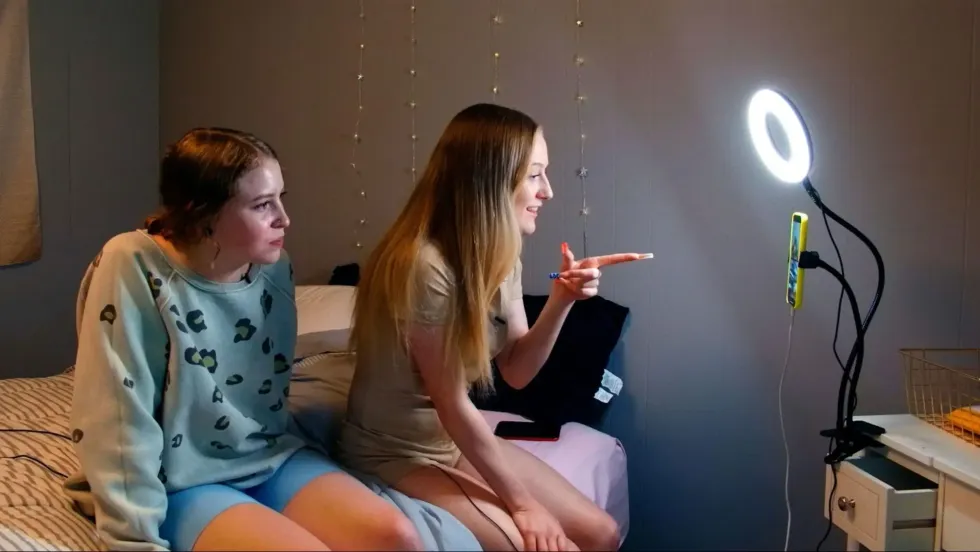

This post was written by Michelle Gallina and originally appeared on the Adobe blog on January 28, 2025.
Part of a vibrant close circle of friends growing up poor in rural Louisiana, she is determined to overcome the struggles and barriers defining them. Faced with limited minimum wage job options, Autumn devises an online sugar baby operation.
This documentary is directed by Rachel Fleit (BAMA RUSH), known for her nuanced explorations of identity and belonging. We had the opportunity to speak with editor Holle Singer about how she leveraged Adobe tools during every step of the creative process to bring Fleit’s vision to life. Speech to Text in Premiere Pro was essential given various accents and audio recording challenges, After Effects kept shots clean and tidy, and Frame.io enabled seamless review rounds and collaboration on all cuts.
Read more on the making of Sugar Babies below, premiering at Sundance on January 27th.
How did you first get involved with this project?
The director, Rachel Fleit, and I have known each other for years and would discuss projects we were involved with. I always admired her work and hoped for the opportunity to collaborate. We ran into each other on the street, and she told me about Sugar Babies. The stars aligned and it was the perfect project for us to come together on.
Where were you when you found out you got into Sundance? How did you feel?
I was standing with a friend in the bustling entranceway of a Chinese restaurant waiting for soupy buns to go. Rachel (the director) called me and told me the news. I was beyond excited. Literally jumping up and down in this crowded vestibule. My friend was baffled, staring at me like “What’s going on?!” I was ecstatic to hear this film I cared for so deeply was finally getting a chance to be seen and in the best possible place, Sundance.
I still find myself washing my dishes or brushing my teeth and suddenly thinking, "Sugar Babies is going to Sundance!” It’s a dream come true.
How do you begin a project/set up your workspace?
I am a creature of habit, so I set up this job the same as I set up pretty much every job. All the footage is stranded out and separated into bins (i.e., audio, footage, etc.) and each bin is broken down into other bins (i.e., B-Roll, iPhone, and social media), which are then stranded out by day. Each setup has its own strand.
Rachel lives a block and a half from me, so we often opted to work from my home to have more time cutting and less time traveling. Working on Premiere Pro gave us the flexibility to have a roving workspace, dividing time between my office at Consulate, home space in my living room, and working on a laptop out at the beach – sometimes out on the deck.
What were some specific post-production challenges you faced that were unique to your project? How did you go about solving them?
The DPs did a great job covering the verite action, which revolved around following many people moving between locations. The camera work was often handheld as they were shooting on the fly. I embraced the naive feeling of the footage but some shots needed a little extra help. Warp Stabilizer in Premiere Pro was helpful to reduce movement and stabilize shots.
The Denoise effect was very helpful in cleaning up the audio.
What Adobe tools did you use on this project and why did you originally choose them?
Premiere Pro was used for offline editing. It’s my favorite app because it allows me to do everything I need technically (mix sound, cut picture, and adjust color), so I can focus on creative storytelling. This project used iPhone footage, social media clips, and different-sized files from a variety of cameras. Premiere Pro allowed us to seamlessly import and edit all these formats. The Speech to Text feature was also wonderful. We were able to create transcriptions of strands and search keywords, which helped enormously in the editorial process. We also used After Effects to clean up and mask out signage in shots.
We used Frame.io for postings. It’s a wonderful way to get feedback on cuts. Collaborators can literally write notes on the exact frame of the posting, which can then be imported into the Premiere Pro project timeline. Once the notes are on the timeline in the form of markers, I can change the marker color as I address the comments. This process is a very efficient way to make revisions.
If you could share one tip about Premiere Pro, what would it be?
Don’t be afraid to explore the effects panel. The best way to learn is by doing. We used a variety of effects like mirroring and artificial glitches to visually illustrate Autumn’s life. I love to layer and experiment with effects which can instantly create wonderful, unexpected results that can poetically emphasize the story. In the case of Sugar Babies, these effects help the viewer experience the disjointed discord the characters were going through emotionally.
Who is your creative inspiration and why?
I don’t have one specific inspiration. Thelma Schoonmaker, Julian Schnabel, and Hank Corwin are a few creative heroes as they all seem to genuinely love to create and push boundaries. I’m also inspired by the amazing work of every editor at Consulate. Play is such an important part of my process. I like to explore, research, and experiment. I look at anything that makes me excited to cut.
What’s something tough you’ve had to face in your career, and how did you overcome it? What advice do you have for aspiring filmmakers or content creators?
The shifting of the industry over the decades has had many challenges. Things are constantly changing and what worked yesterday might not today. I have needed to adapt in many ways. But by ignoring a lot of it, focusing on the actual work, and doing the best job I can, business goes on, and I have been lucky to stay part of it.
My advice: follow what excites you. Focus on solutions instead of problems. Try not to get too attached to any solutions. As an editor, I look out for my director and their vision. It is their film, not mine. As a collaborator, I do my best to creatively express their ideas and goals – sometimes in ways not originally scripted.
It is said every film is written three times: on the page, in production, and lastly, in the edit room. I am grateful to be part of that immensely rewarding and exciting final draft when it all comes together.
What’s your favorite thing about your workspace and why?

My favorite thing about my home office is my cat, Littles.

The best thing about my office at work is the big, beautiful space. There’s room for my wonderful assistant, James McClintock, a big screen TV and 3 monitors on my desk.

